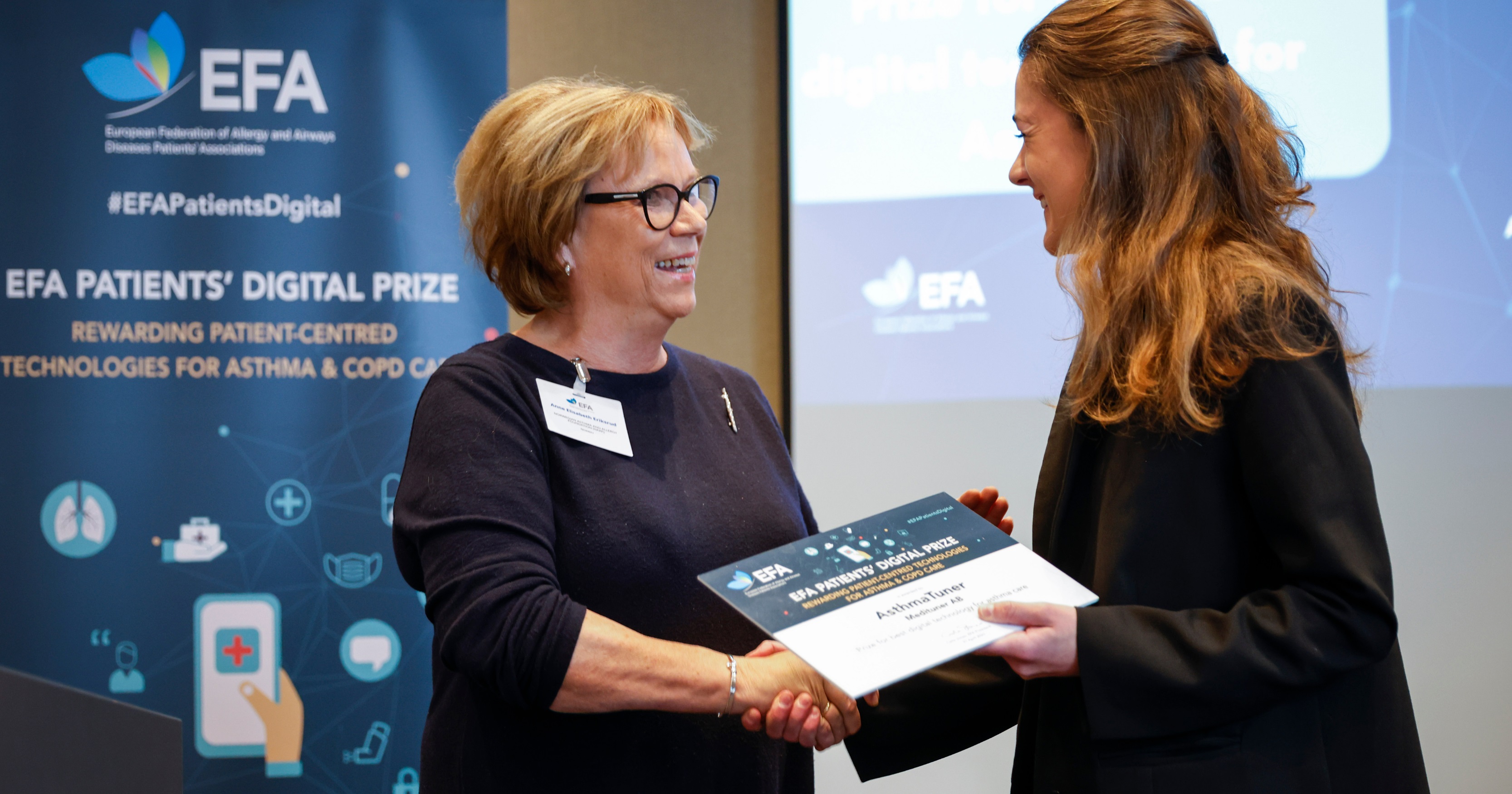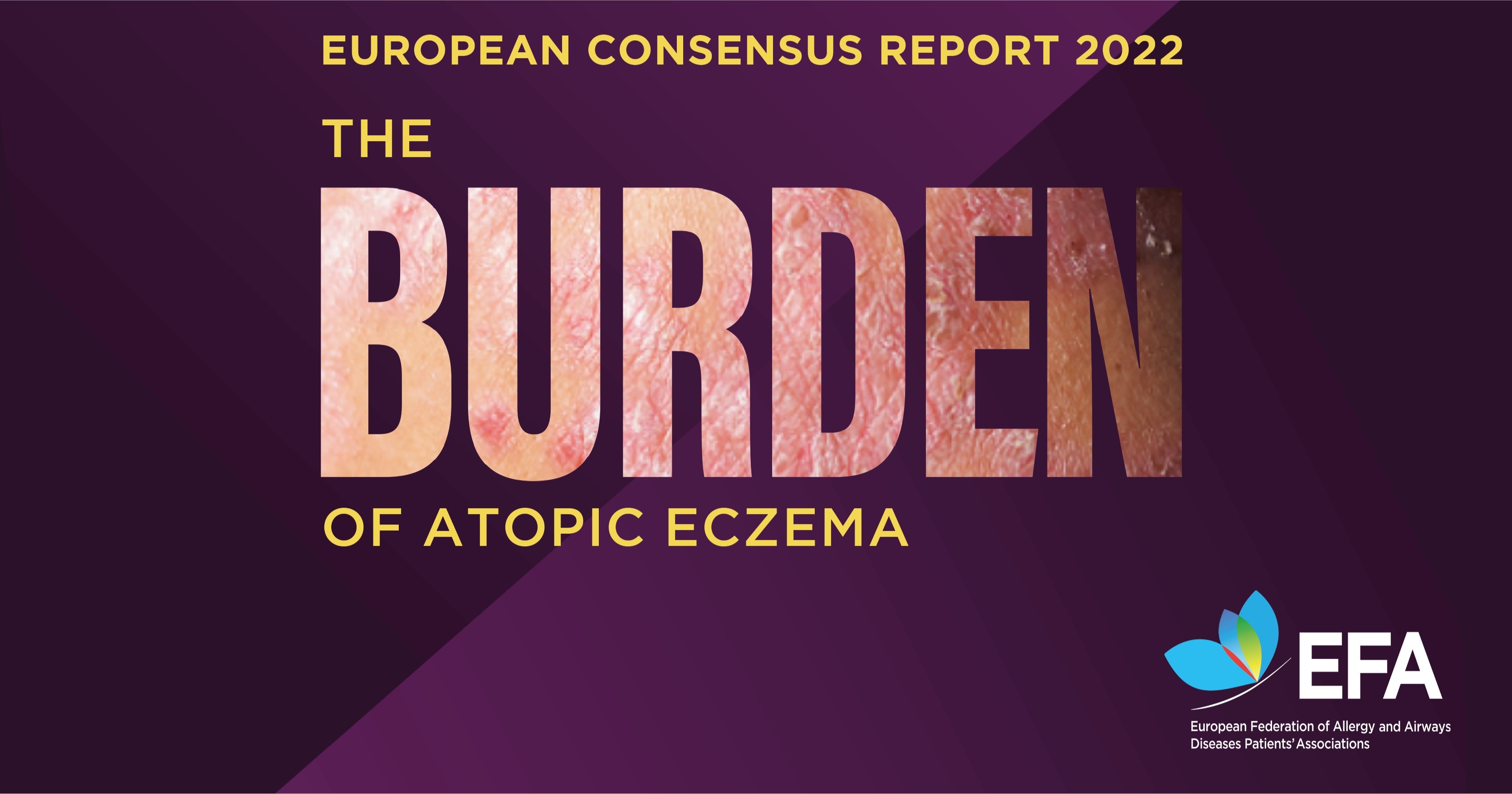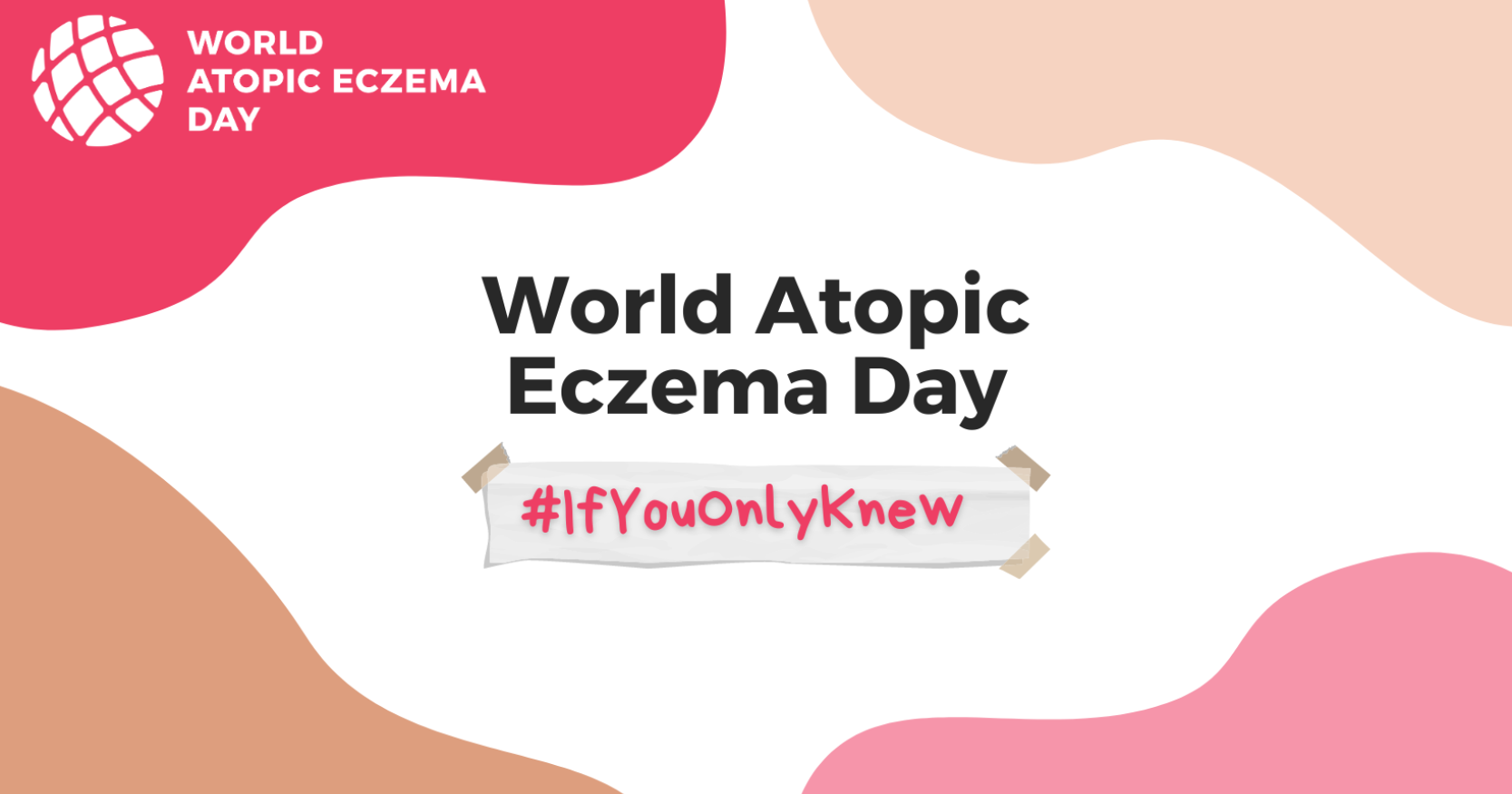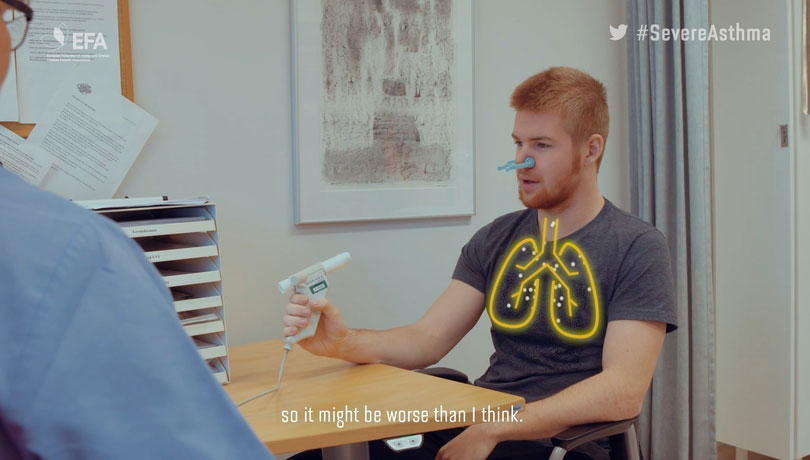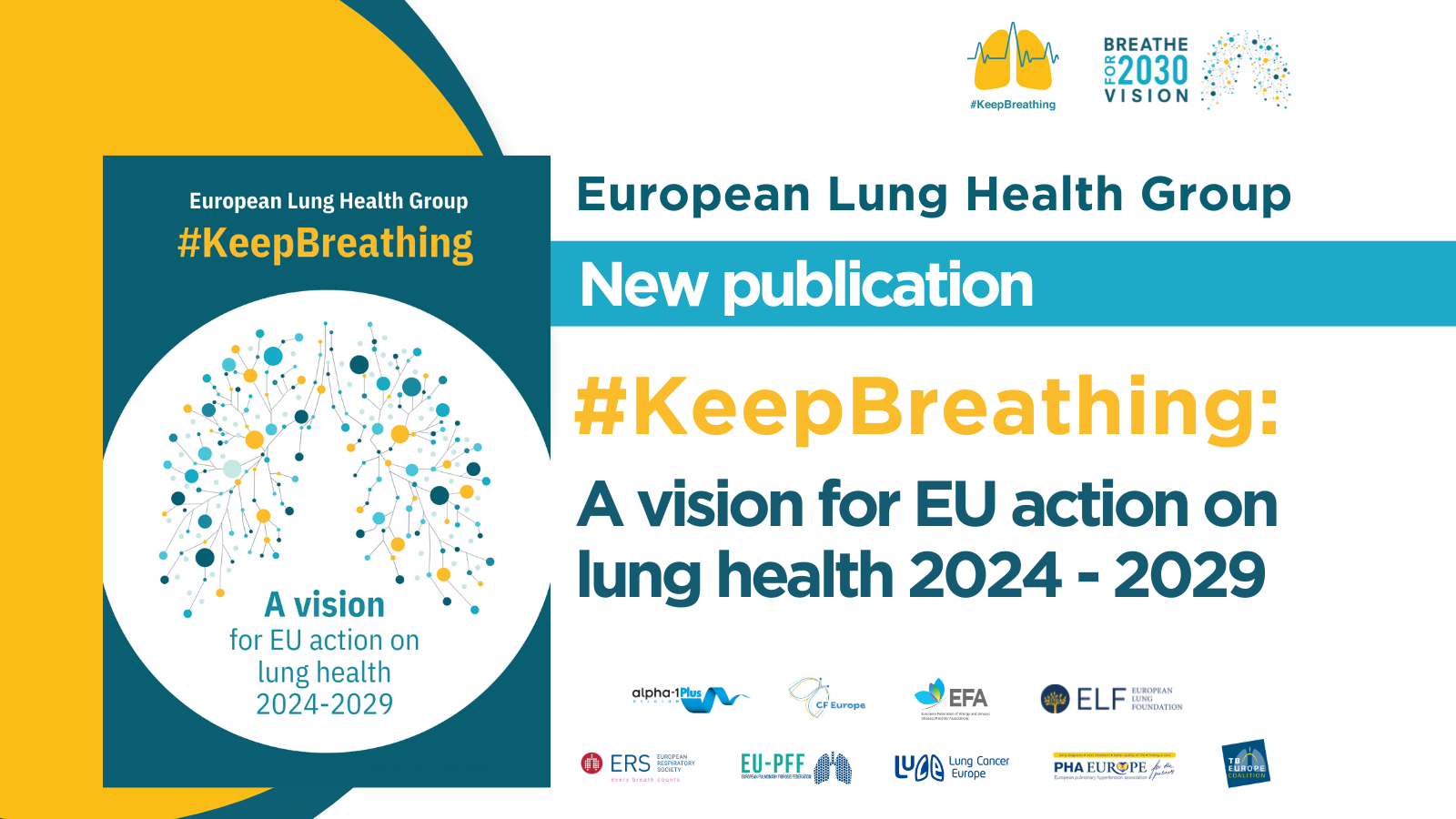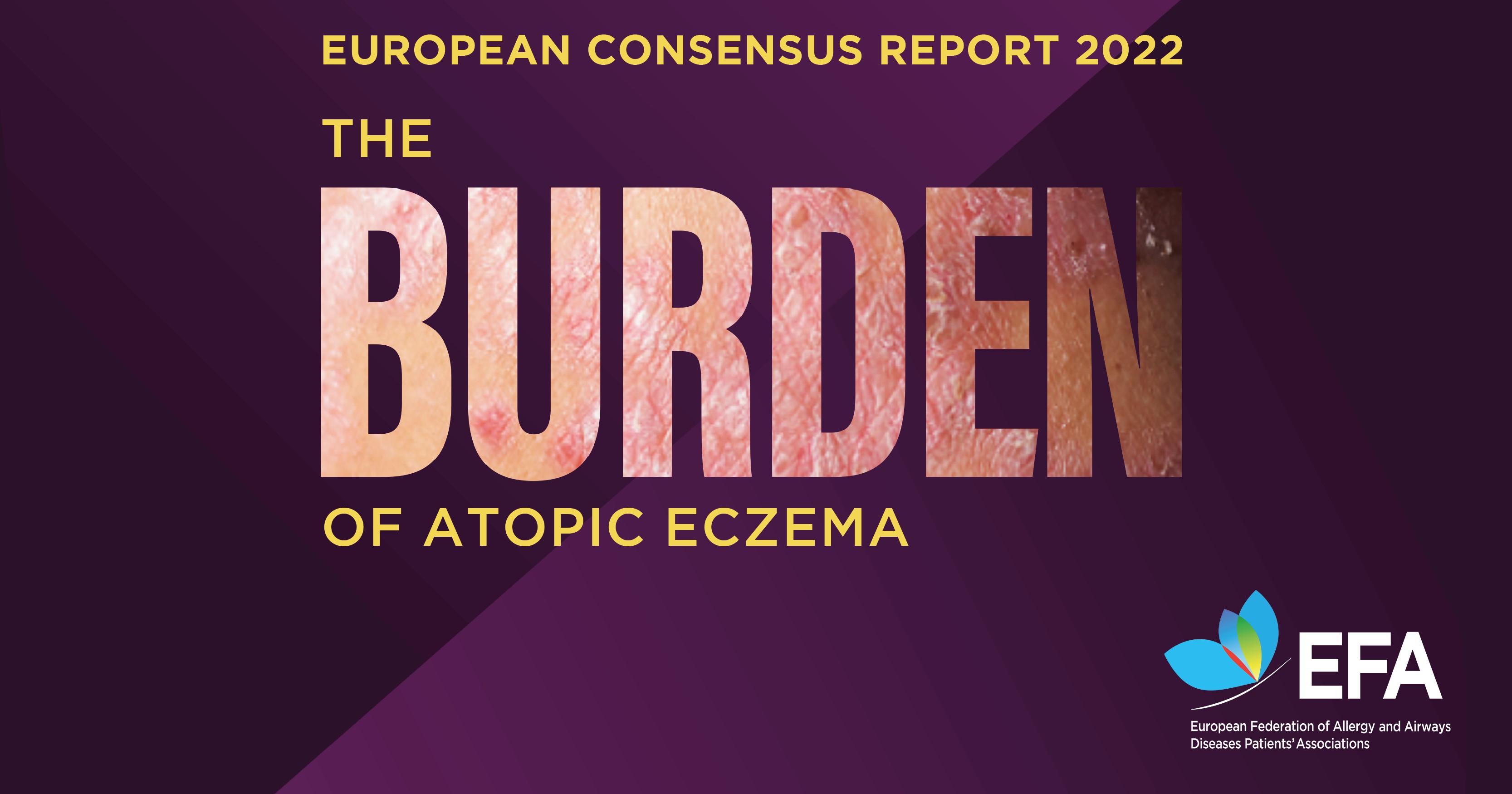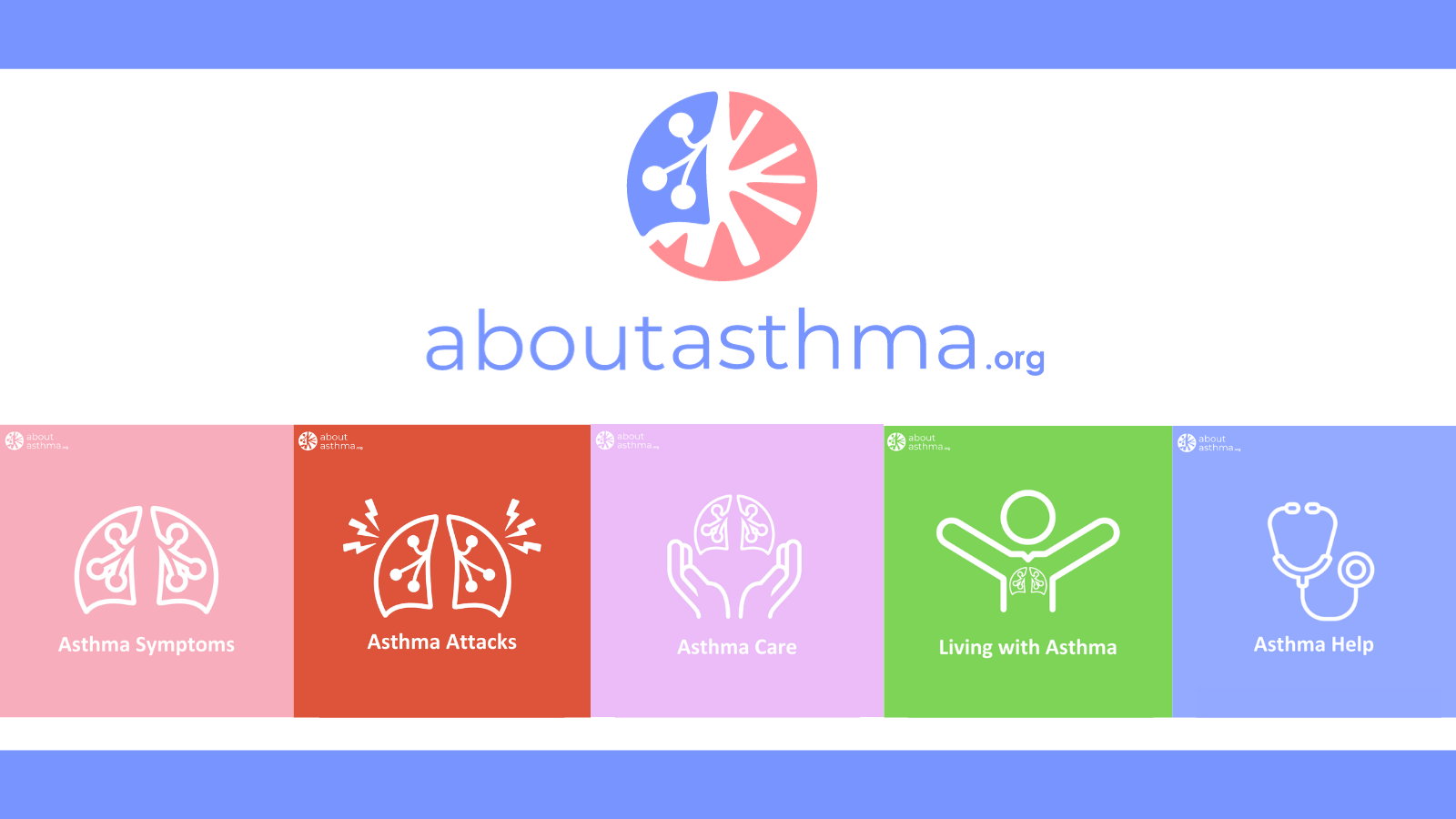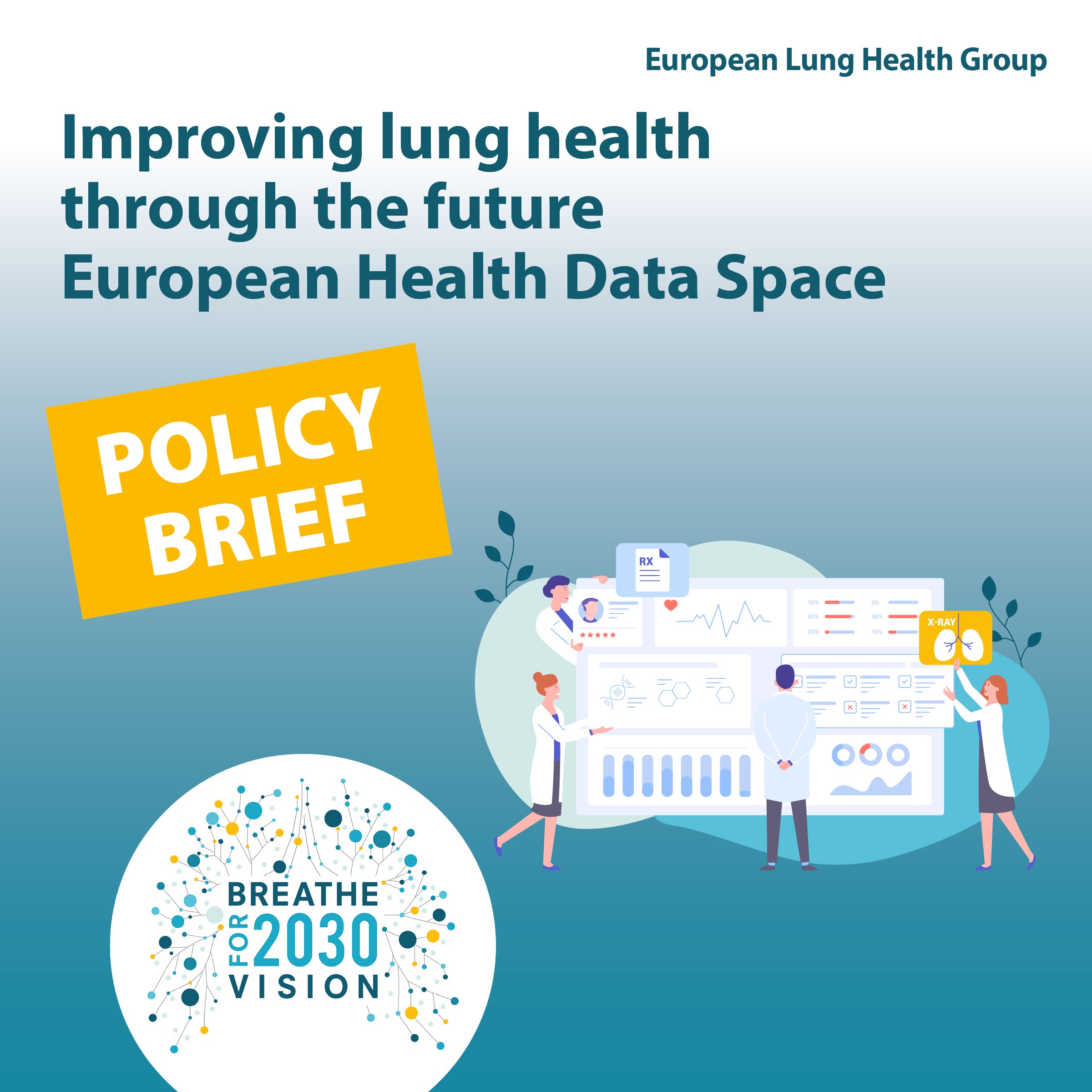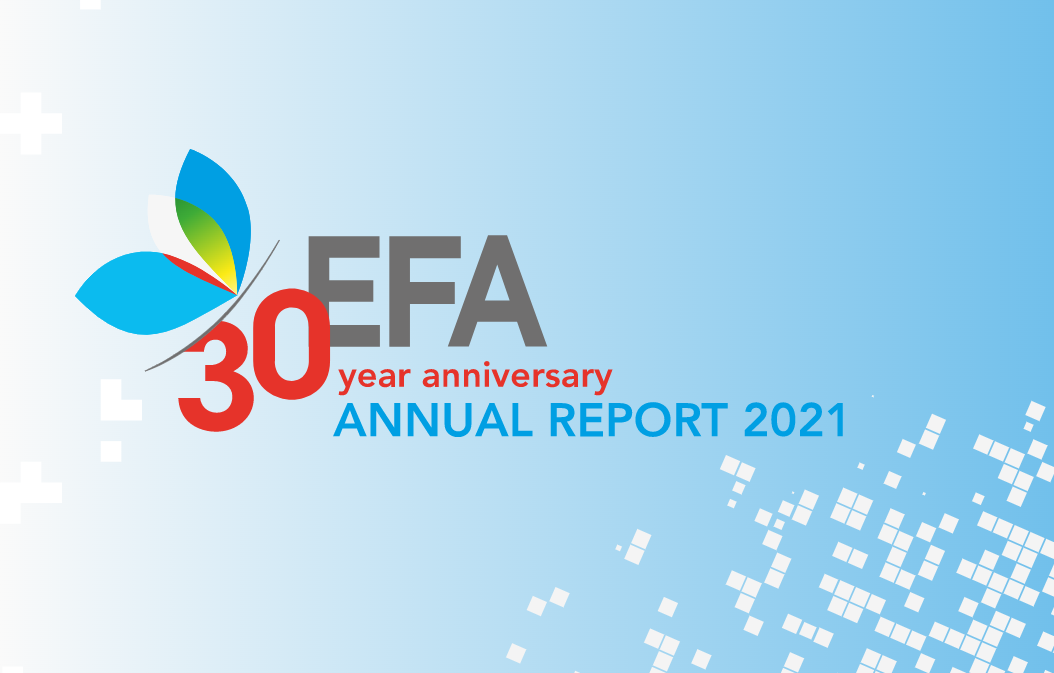Leading brand soya products no longer guaranteed safe for people with nut allergies
EFA, the umbrella organisation representing people with food allergy in Europe, is deeply concerned about the latest developments on the use of precautionary labelling by Alpro, one of the biggest suppliers of soya products in Europe, which could result in decreased quality of life and life-threatening consequences for many people with allergy.
The company has decided to end the outsourcing of the production of nuts-based products, thus starting producing them in their own production lines together with soya products. Although these changes are going to happen in one-year time (December 2014), Alpro has specified that for test purposes, nuts and similar products may enter the production lines some months earlier. While the company has promised to follow all the best possible measures to avoid cross-contamination, Alpro claimed the necessity to adopt a precautionary labelling policy due to liability reasons and to warn allergic people, and has already started to change the labels of some of its soya products that used to be safe for them.
These changes to Alpro soya products manufacture and labelling could severely impact the health of the most vulnerable allergic people, considering that a great percentage of people with milk allergy, often children, the biggest consumers of Alpro products today, has an accompanying nut allergy too. EFA is therefore extremely worried to see that these products, which are often the “default” soya products in most supermarkets and are highly recommended by dieticians due to their calcium content, will no longer be guaranteed for people with nut allergies. “Of course I am extremely saddened that they should be making this change – which we are also now finding affects a number of own brands for supermarkets too. The biggest concern I have is the retail availability of alternatives for this vulnerable community – which in many non-urban areas is negligible”, said Mr. David Supple, father of a highly-allergic 13-year old boy.
“Alpro argues that the new labelling is based on transparency for customers.As representatives of people with allergies, we feel that their decision has nothing to do with transparency, but on the contrary is driving people with severe allergies to further difficulties”, said Mrs. Yanne Boloh, from the French Association for the Prevention of Allergies (Association Française pour la Prévention des Allergies – AFPRAL). “May contain” labels have been shown to lead to frustration and risk-taking behaviours in allergic consumers, resulting in dreadful outcomes as 8% of accidental reactions in people may be attributed to having ignored one of these labels.[1]
EFA’s position on the precautionary labelling is clear. In the long-term it should be abolished as science enables thresholds, while in the short-period it should only be the last resort after the implementation of best practices to avoid cross-contamination has failed. Allergen risk management should be the standard for all food business operators and in this year to go, Alpro could take a decisive step forward by auditing the production line and thus creating a win-win situation both for the company and its allergic customers.
“From our experience in Norway, we know that products by food manufacturers who have good allergen control are preferred by grocery stores. Grocery stores prefer allergy-friendly products that can reach the largest consumer group. Unfortunately, Alpro’s decision to introduce precautionary labelling seems to be a step in the wrong direction both in terms of consumer friendliness and market share”, commented Helle S. Grøttum, Expert on Food allergies in the Norwegian Asthma and Allergy Association (NAAF).
It is a common misconception by food manufacturers that by using a “may contain” warning they are helping the allergy sufferer, when this often is not the case. We are in ongoing talks with Alpro in the hope that we can encourage the company to re-evaluate the decision, particularly as Alpro is planning to use the most stringent measures and allergen control procedures in all its manufacturing facilities for its soya products.
PDF version of the Press Release is available here.
Contact: Roberta Savli EU Policy Officer This email address is being protected from spambots. You need JavaScript enabled to view it. +32 (0)2 227 2720
Notes to editors:
The European Federation of Allergy and Airways Diseases Patients’ Associations (EFA) is a non-profit network of allergy, asthma and chronic obstructive pulmonary diseases (COPD) patients organisations, representing 35 national associations in 22 countries and over 400,000 patients. EFA is dedicated to making Europe a place where people with allergies, asthma and COPD have the right to best quality of care and safe environment, live uncompromised lives and are actively involved in all decisions influencing their health. Visit www.efanet.org for more information.
Food allergy in Europe is an emerging problem. According to the European Academy for Allergy and Clinical Immunology (EAACI), up to 25% of the European population reacts to food. The impact of food allergy on the life of the around 17 million affected patients in Europe is often underestimated and it is dramatically increasing for children. Over the past ten years, the number of allergic children younger than 5 years has redoubled and the emergency room visits for anaphylactic reactions have increased seven-fold.[2]
Peanut allergy in particular has shown to be particularly problematic as its prevalence in Europe and the United States has doubled over a 5 year period. Peanut allergy is estimated to affect 1 in 50 young infants, and tree nut allergy also seems very common.[3]
[1] Barnett J et al, Using “may contain” labelling to inform food choice: a qualitative study of nut allergic consumers, BMC Public Health 2011, 11, 734742.
[2] Source: European Academy of Allergy and Clinical Immunology (EAACI), http://bit.ly/MpUvIi.
[3] Source: Allergy UK, http://www.allergyuk.org/peanut-and-tree-nut-allergy/peanut-and-tree-nut-allergy.
